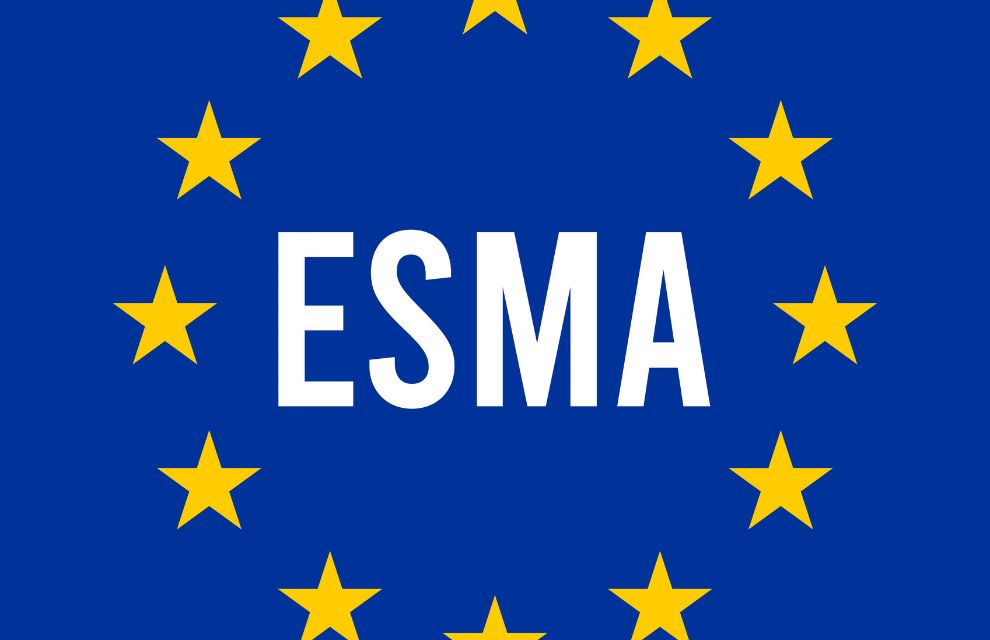The European Securities and Markets Authority (ESMA) has launched its fifth stress test exercise for central counterparties.
In line with the legal mandate accorded to ESMA under the European Markets Infrastructure Regulation (EMIR), the EU financial markets regulator has rolled out this evaluation exercise as a means to test the resilience of CCPs in the European Union and UK to adverse market shocks and to issue recommendations for remedial action if any significant shortcomings are identified.
In kicking off this exercise, EMIR underlines the importance of CCPs in protecting the stability of the EU financial system and highlights that the failure of a CCP to meet necessary risk management standards could accentuate systemic risk and lead to spill-over effects.
CCPs are often highly interconnected through the common clearing participants that they share, notes ESMA. Stress testing CCPs’ default waterfalls, both individually and system-wide, is an important supervisory requirement to ensure that the sector is safe and resilient to member defaults and market shocks.
On this note, ESMA emphasises that this stress test exercise provides a different insight to ongoing stress tests that CCPs perform at individual level, providing a deeper understanding of interconnectedness between clearing entities and how a failure at one can propagate risk throughout the system.
Whereas CCPs run daily stress tests in line with strict prudential requirements, these tests at individual CCP level focus primarily on the clearing entity’s own business and the activities of its clearing members in the context of the specific clearing products and locations that it supports.
By nature, notes ESMA, these individual CCPs' stress tests cannot take into account how a default of one of its clearing members impacts other CCPs. Therefore, the ESMA stress test is a critical tool in assessing the systemic implications of system-wide events and the resilience of the system of EU and Tier 2 CCPs.
The exercise will cover all authorised EU CCPs and Tier 2 CCPs, embracing 14 CCPs in the EU along with two UK CCPs, LCH Ltd and ICE Clear Europe Ltd, which are now classified as Tier 2. This will concentrate on five main risk areas.
In measuring credit stress, it will evaluate the capacity of CCPs’ resources to absorb losses under a combination of market price shocks and member default scenarios.
In assessing concentration risk, it will examine the impact of liquidation costs derived from concentrated positions.
For liquidity stress, it will evaluate whether participating CCPs have adequate liquid resources under a combination of market price shocks, the default of a clearing member or liquidity provider, and additional liquidity stress assumptions.
In evaluating climate risk, the exercise will measure how a CCP’s business model is affected by the transition to a carbon-neutral economy, the impact on the collateral posted by clearing members, and the effect of physical risk on CCPs.
For reverse stress, the exercise will gradually increase the number of defaulting entities, the severity of shock and the level of concentration risk to model at which point CCPs’ resources become exhausted.
As the fifth in its series of stress testing exercises for CCPs, ESMA indicates that it has progressively refined its testing methodology over time and the coverage provided by the tests in the light of past experience.
The first exercise focused on the counterparty credit risk that EU CCPs would face as a result of clearing member defaults and simultaneous market price shocks. In the second, the authority added a measure of liquidity risk.
The third exercise included a concentration risk component used to adjust the losses arising from the credit stress test to account for the costs of liquidating concentrated positions.
In the fourth exercise, ESMA “paused” its assessment of liquidity risk and it added a measure of operational risk as a new component. This also looked more closely at the interplay between concentration risk and credit risk in strengthening financial supervisors’ ability to detect vulnerabilities in the EU’s CCP network.
In the fifth and most recent exercise, the liquidity component has been reinstated and climate risk measures have been introduced as a new component. In contrast, the operational risk element has been postponed, to be potentially reinstated in future stress test exercises.
Commenting on the latest CCP stress tests, ESMA chair Verena Ross says: "The CCP Stress Test is a key supervisory tool for ESMA. The Fifth Stress Test exercise examines core risk categories in light of ESMA’s evolving mandates and takes a closer look at the impact of a possible spill over of risks to financial markets.
"We are not only stress testing CCPs, but also measuring potential risks to the broader financial eco-system."
Klaus Löber, chair of the CCP Supervisory Committee, adds:"This year’s exercise draws on experience from previous years as ESMA introduces additional stress scenarios and assesses the resilience of EU and Tier 2 Third Country CCPs to a wider range of risks.
"New in this exercise is the inclusion of climate risk, in addition to the assessment of liquidity, credit and concentration risks."


